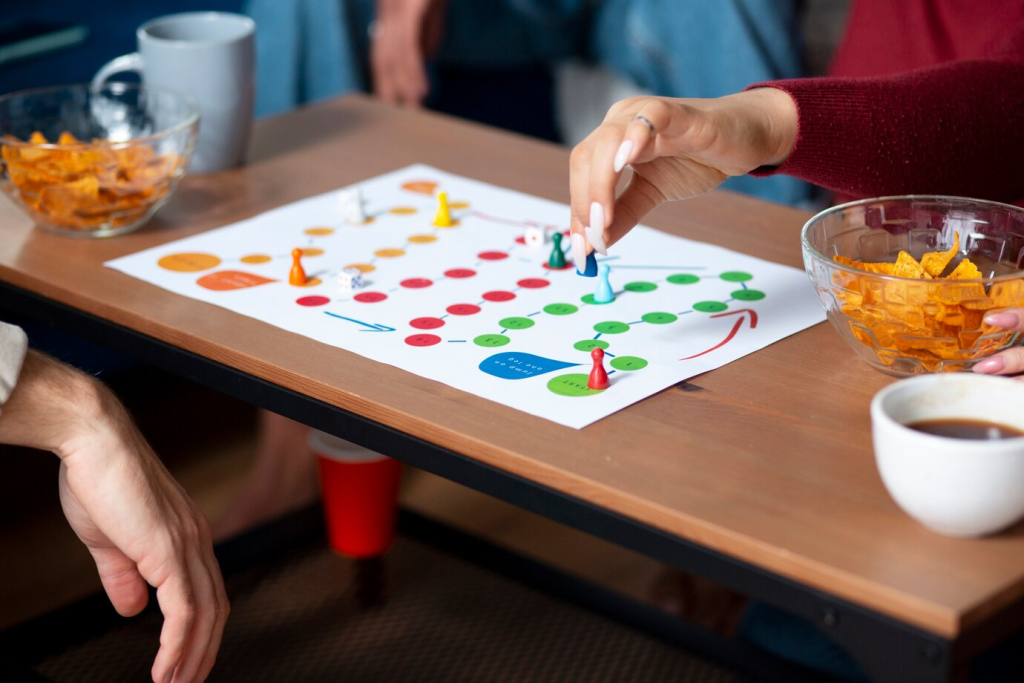The Psychology of Board Game Comebacks
Brian Taylor May 6, 2025
Above all board games have long been a source of entertainment, strategy, and social interaction. One of the most compelling aspects of modern board game design is the incorporation of comeback mechanics—features that allow players who are behind to catch up and remain competitive. These mechanics not only enhance gameplay but also tap into fundamental psychological principles that keep players engaged and motivated.

Understanding Comeback Mechanics
Comeback mechanics, also known as catch-up mechanisms, are design elements that prevent early leads from guaranteeing victory. They ensure that all players have a fighting chance, even if they fall behind early in the game. This design approach addresses the psychological need for competence and autonomy, motivating players to stay engaged throughout the game.
Psychological Principles at Play
1. Hope and Motivation
The possibility of a comeback instills hope, a powerful motivator that keeps players invested. When players believe they can still win, they are more likely to stay focused and engaged, enhancing the overall gaming experience.
2. Fairness and Satisfaction
All things considered comeback mechanics contribute to a sense of fairness, ensuring that no player feels outmatched or hopelessly behind. This balance increases satisfaction and enjoyment, as players feel their efforts can influence the game’s outcome.
3. Social Interaction
In multiplayer settings, comeback mechanics foster dynamic interactions. Players may form temporary alliances or adjust strategies in response to shifting power balances, enhancing the social aspect of gameplay.
Examples of Comeback Mechanics
1. Power-Ups for Trailing Players
Some games provide advantages to players who are behind, such as additional resources or abilities. This helps level the playing field and keeps all participants competitive.
2. Dynamic Scoring Systems
Games may use scoring systems that allow for significant point gains in later stages, enabling trailing players to catch up with strategic plays.
3. Variable Turn Orders
Altering turn orders based on current standings can give trailing players earlier turns, providing opportunities to change the game’s momentum.
Designing Effective Comeback Mechanics
Above all implementing comeback mechanics requires careful balance. Designers must ensure that these features provide opportunities for trailing players without unfairly penalizing those in the lead. The goal is to maintain competitiveness and engagement for all players.
Conclusion
Afterwards comeback mechanics are a vital component of modern board game design, rooted in psychological principles that enhance player engagement and satisfaction. By offering opportunities for players to recover from setbacks, these mechanics ensure dynamic, fair, and enjoyable gameplay experiences.
References
- The Thoughtful Gamer. (2017). Catch-Up Mechanisms. Retrieved from https://thethoughtfulgamer.com/2017/03/28/catch-up-mechanisms/thethoughtfulgamer.com+1YouTube+1
- The Board Game Design Course. (2022). Making a Comeback. Retrieved from https://boardgamedesigncourse.com/making-a-comeback/The Board Game Design Course
- Medium. (2023). The Psychology of Board Game Strategies: Analyzing the Mind of a Competitive Player. Retrieved from https://medium.com/@noah.anderson_84365/the-psychology-of-board-game-strategies-analyzing-the-mind-of-a-competitive-player-eda1361f99d9Medium





